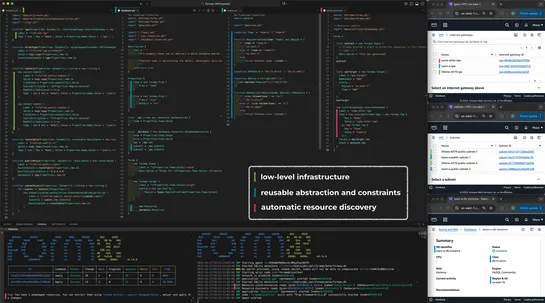A New Terraform Alternative Has Arrived - Platform Engineering Labs Launches Formae
Platform Engineering Labs introduces formae, an open-source IaC platform, to streamline cloud resource management and replace traditional systems like Terraform.
Join us
Platform Engineering Labs introduces formae, an open-source IaC platform, to streamline cloud resource management and replace traditional systems like Terraform.

Hey, sign up or sign in to add a reaction to my post.
This tool doesn't have a detailed description yet. If you are the administrator of this tool, please claim this page and edit it.
Hey there! 👋
I created FAUN.dev(), an effortless, straightforward way to stay updated with what's happening in the tech world.
We sift through mountains of blogs, tutorials, news, videos, and tools to bring you only the cream of the crop — so you can kick back and enjoy the best!
